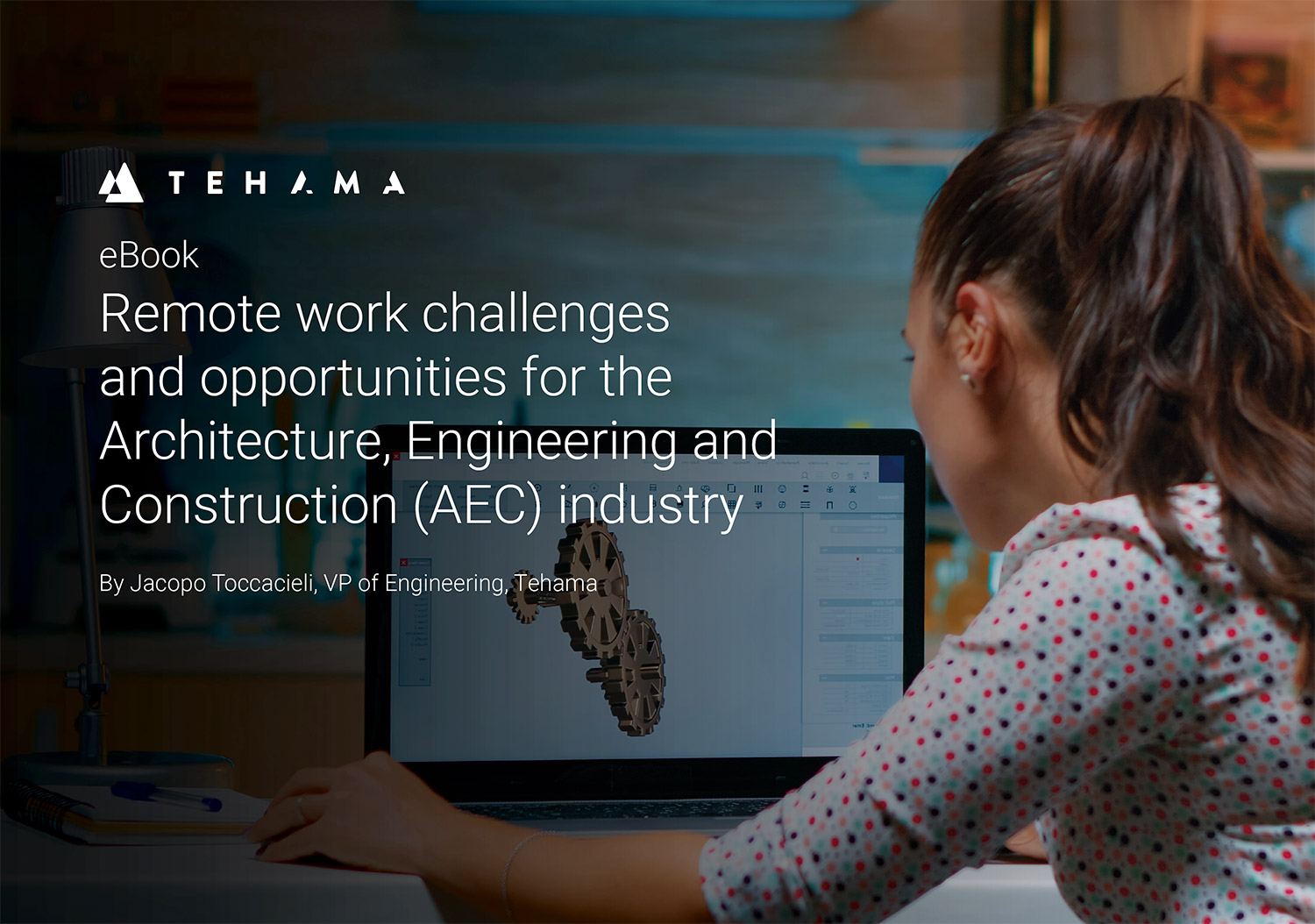The AEC industry faces unique challenges and opportunities when enabling remote work
By Jacopo Toccacieli, VP of Engineering at Tehama
Few industries have felt the effects of the remote work shift more acutely than the Architecture, Civil Engineering and Construction (AEC) sector, with its complex projects and vast ecosystem of civil engineers, architects, builders, designers and sub-contractors contributing at different stages of a project.
COVID-19 is requiring AEC firms to rethink their approach to technology – shifting priorities toward a remote, collaborative environment in which workers can continue to be productive and hit key project milestones.
Success requires a scalable and secure solution in which AEC workers can access the specific, robust, tools they need to do their jobs, while collaborating with other players across the ecosystem. While several options are available – from traditional Desktop as a Service (Daas) or Virtual Desktop Infrastructure (VDI), to Virtual Private Networks (VPNs) in combination with shipping laptops to employees – none are nimble, yet powerful enough to reduce complexity and optimize time to value while avoiding hidden costs.
Download Tehama‘s eBook in partnership with Teradici on Remote work challenges and opportunities for the Architecture, Engineering and Construction (AEC) industry for a deep dive into the specific challenges that AEC firms face when enabling remote work, including latency issues that impact worker experience, the costs of on-premise workstation infrastructure, poor agility and the need for multiple solutions for collaboration and security. We also discuss how desktop virtualization is transforming the industry, and what to look for in the right remote work solution.
The post The AEC industry faces unique challenges and opportunities when enabling remote work appeared first on AEC Magazine.
Powered by WPeMatico

